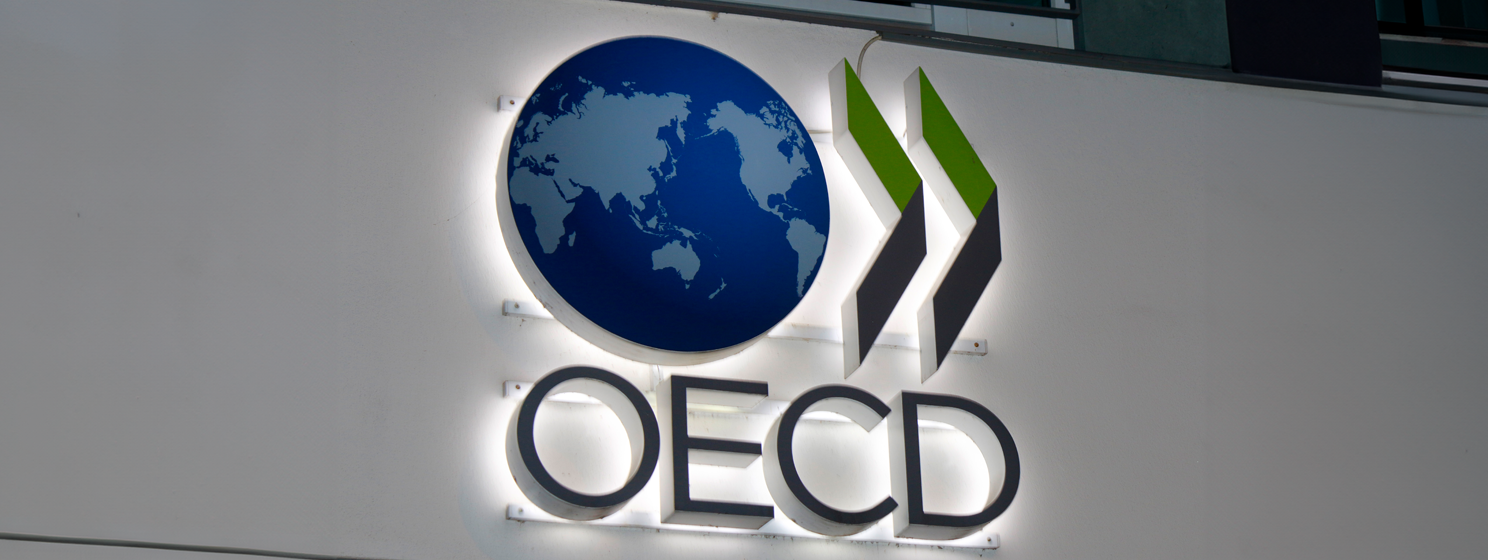|
Getting your Trinity Audio player ready...
|
The New York Times (NASDAQ: NYT) continues its battle against artificial intelligence (AI) companies, this time filing a cease-and-desist order against Perplexity, the AI startup backed by Jeff Bezos. The New York Times claims that Perplexity has violated its copyright by using the newspaper’s content in its outputs without authorization. Perplexity allegedly bypassed paywalls and provided summaries of its articles, essentially allowing users to access premium content without visiting the Times’ website or paying for the content.
This isn’t the first time the Times has targeted AI companies for copyright infringement. Earlier this year, the NYT filed a lawsuit against OpenAI and Microsoft (NASDAQ: MSFT), claiming they allegedly used the newspaper’s content to train models like ChatGPT. Similarly, Wired magazine accused Perplexity of scraping its content illegally earlier this year.
These cases reflect a never-ending tension between AI service providers and publishers. It’s in the interest of an AI company to get its hands on all the data possible to continue training and improving its AI model, but sometimes, obtaining this data pushes the limits of the law.
Even AI companies seem to be aware of this, which is why they try to find workarounds, such as partnering with publishing companies, as OpenAI has done, or going an alternative route like Perplexity is trying to do by creating revenue-sharing models with publishers, offering them a percentage of ad revenue in exchange for the use of their content.
Blumhouse Productions tests Meta Movie Gen AI in filmmaking
Meta (NASDAQ: META) has announced that Blumhouse Productions—the Hollywood studio behind horror films like Get Out and The Purge—is currently testing Meta’s Movie Gen, an AI model that can produce video with sound. The studio is piloting this AI model, exploring the use of AI in filmmaking, a topic that tends to be contentious in creative industries like film and TV.
Many filmmakers argue that AI-generated content lacks the human creativity necessary to create true art. However, Jason Blum, CEO of Blumhouse, sees AI as a tool, not a replacement for humans.
“Artists are and forever will be the lifeblood of our industry,” says Blum. “Innovation and tools that can help those artists better tell their stories is something we are always keen to explore.”
Blum argues that using AI in productions will remove some of the constraints placed on directors regarding the physical space they can work with and budget restrictions. He expects this to open up a director’s world and give them more creative freedoms, leading to better end products.
The debate around AI and art isn’t new. Since generative AI models began gaining the ability to create images and videos, artists have discouraged using AI in most creative productions. They argue that the lack of human touch and creativity in AI’s creation process is a suboptimal, even disgraceful, representation of the creative industries.
I believe these arguments are driven more by emotion than logical reasoning. Like many people, artists see AI as a threat to their industry and jobs because it can easily automate people’s work, making them redundant and causing them to lose their livelihoods. Creative endeavors are near the top of this chopping block since it’s much cheaper, easier and faster to have an AI model create something like a poster for a marketing campaign than it is to hire a designer to do the same job.
However, I don’t believe the threat of AI is as significant as those who are at risk would like you to think. In many instances, it’s much less likely that AI will 100% replace human workers than AI will complement human workers, as Blum mentioned regarding production. Even if AI were to replace human workers, there would still need to be a human touch in the process, and an individual would need to operate the AI that has replaced the human workers. The person best positioned to do that in creative fields would be a creative individual, someone who knows the rules and guidelines of the industry and is, therefore, able to give the AI system a set of industry-recognized standards to create content that is up to par; in other words, the same artist that AI is allegedly going to replace.
As you can see, AI, at least at the moment, is not so much an innovation that threatens to completely remove workers but a tool that requires individuals in various fields to learn new skills to become more proficient and not obsolete in the work they do.
The real winners in the AI industry
In recent weeks, we’ve explored several current events that beg the question: who is making money in the AI industry? As we’ve covered in the past, we know that it’s not the AI service providers. Instead, the semiconductor companies are cashing in on the AI boom. Taiwan Semiconductor Manufacturing Company (NASDAQ: TSM) (TSMC), the world’s second-largest chip manufacturer, saw its stock rise by 12% following its Q3 earnings report earlier this week.
The company reported that revenue in the third quarter jumped 36% year-over-year to $23.5 billion, while net profit increased 54% to $10.1 billion. TSMC credited “extremely robust AI-related demand from customers” for its positive performance.
While AI service providers and cloud computing providers scramble to build more data centers with enough computing power to train and run AI models, one constant in this equation is the infrastructure they need to accomplish this. This is why semiconductor companies like TSMC continue to show strong growth quarter over quarter, while AI service providers like OpenAI aren’t expecting profits until the end of the decade.
In order for artificial intelligence (AI) to work right within the law and thrive in the face of growing challenges, it needs to integrate an enterprise blockchain system that ensures data input quality and ownership—allowing it to keep data safe while also guaranteeing the immutability of data. Check out CoinGeek’s coverage on this emerging tech to learn more why Enterprise blockchain will be the backbone of AI.
Watch: Alex Ball on the future of tech: AI development and entrepreneurship

 12-16-2025
12-16-2025 





